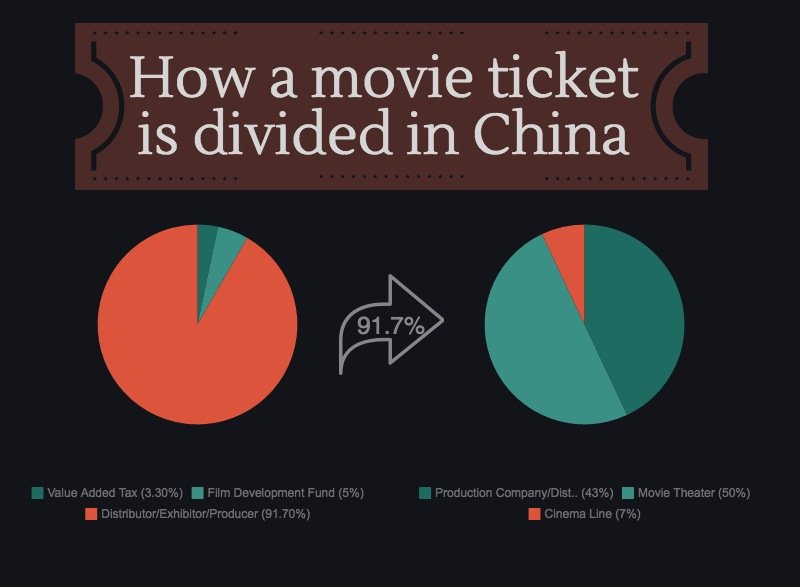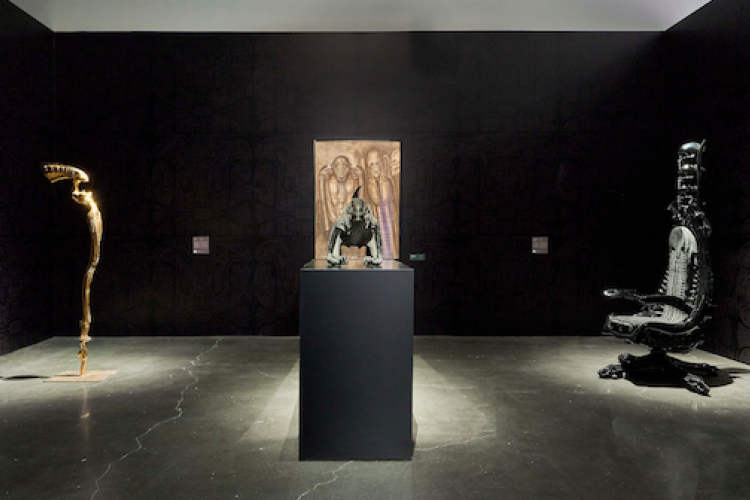Box Office Revenue in China: How It Works
This post comes courtesy of our content partners at China Film Insider.
The average cost of a movie ticket in China currently approximates RMB 35 (USD 5.10), from which
- RMB 3.3 (USD 0.48) is paid as a Value Added Tax (VAT)*
- RMB 5 (USD 0.73) is apportioned to the National Special Funds for the Development of Film.
From the remaining RMB 26.7 (USD 3.89)
- RMB 11.48 (USD 1.67), or 43 percent gets divided by the production/distribution companies, with the particular split determined according to their own agreement.
- RMB 13.35 (USD 1.94), or 50 percent is kept by the individual cinema operator
- RMB 1.87 (USD 0.27), or 7 percent will be passed on to the theater’s cinema circuit.
*In 2016, an incentive was added, stipulating that theaters which derive two-thirds of their annual revenue from domestic films only have to pay RMB 2.5 (USD 0.36) as Special Funds.

According to published reports, operating costs of a Chinese cinema are reckoned at roughly 10 percent for rent, 10 percent for labor costs, 7-8 percent energy costs, and 2-3 percent for marketing. Consequently, the net income from the purchase of an average RMB 35 ticket will be roughly RMB 9.34 (USD 1.36).
READ: China’s All-Time Highest Grossing Movie Imports
This model applies to domestic Chinese productions. Hollywood imports and co-productions are accorded their split (25 percent and 40 percent, respectively) from the full revenue, with the distributor and theaters subsequently dividing 91.7 percent of what’s left over.
Images: cnbc.com, China Film Insider








